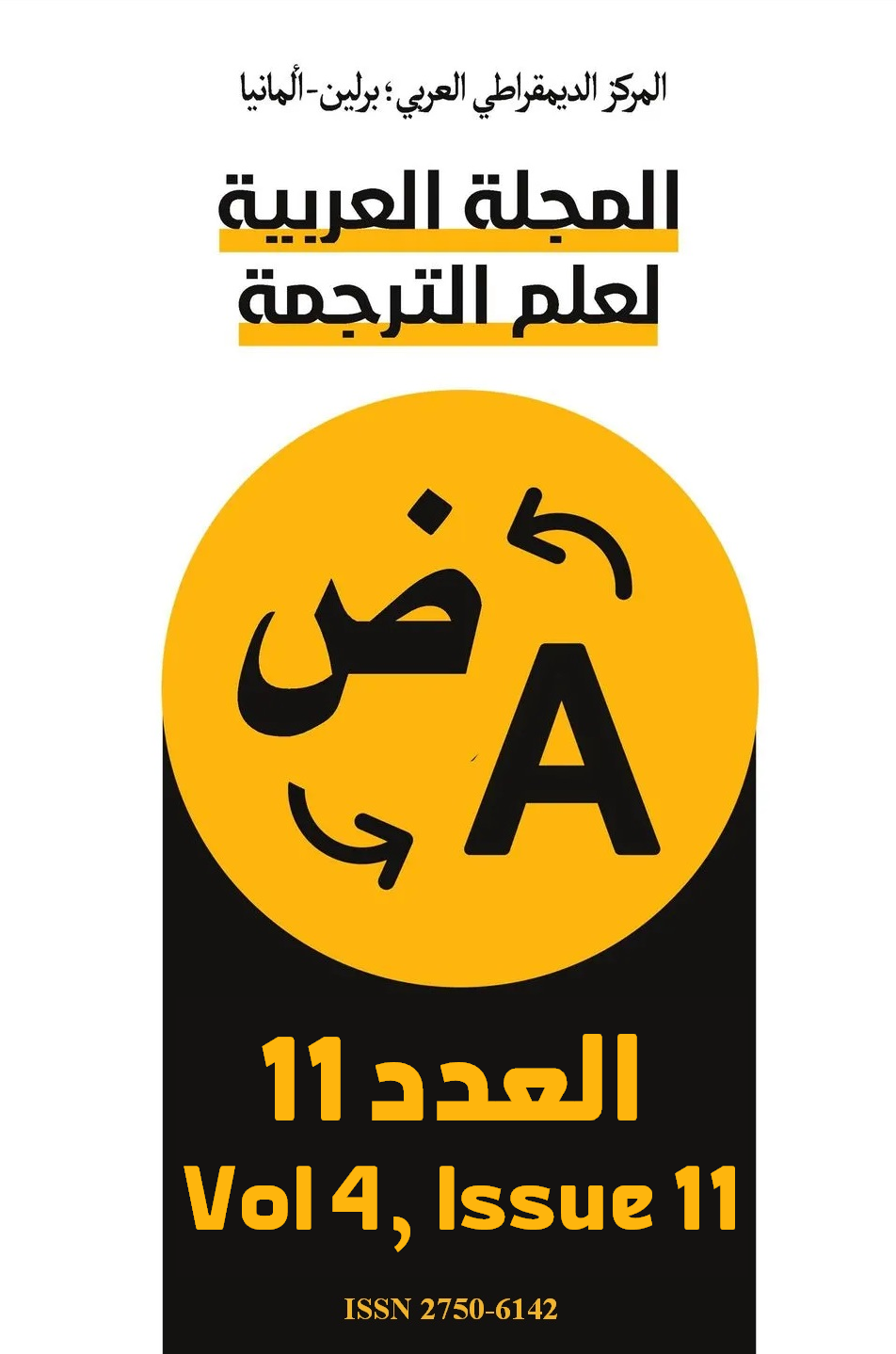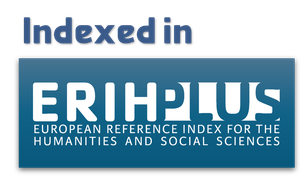The Dawn of Interpreter Earbuds: A New Era in Simultaneous Interpreting
DOI:
https://doi.org/10.63939/AJTS.qhp5bv44Keywords:
Simultaneous Interpreting, Interpreter Earbuds, Cognitive Processing, Wearable Technologies, Artificial IntelligenceAbstract
This research presents a comprehensive analysis of the “interpreter earbuds”, focusing on their potential implications for the future of simultaneous interpreting. The study provides an analytical framework that combines cognitive, technical, and professional dimensions, exploring the different interactions between interpreters' cognitive processes and the advanced technical capabilities of these devices. The research examines potential challenges and opportunities that may arise from integrating this technology into professional practice, offering a multi-layered analysis of cognitive mechanisms associated with simultaneous information processing. The study concludes by presenting a forward-looking vision for the profession's future in light of these technological developments, proposing recommendations for developing interpreters' professional and cognitive competencies.
Downloads
References
Abu-Rayyash, H., & Alanazi, N. (Forthcoming). Wearable Translation Technologies (WTTs): Current State and Future Prospect. In R. Yahiaoui (Ed.), Transl-AI-tion 2.0: Embracing the AI Revolution. Peter Lang Publishing
Biagini, M., Boyd, M. S., & Monacelli, C. (2017). Afterword: The Changing Role of the Interpreter Contextualising Norms, Ethics and Quality Standards: A Way Forward. In M. Biagin, M. S. Boyd, & C. Monacelli (Eds.), The changing role of the interpreter : contextualising norms, ethics and quality standards (pp. 251-256). Routledge. https://doi.org/10.4324/9781315621531-14 DOI: https://doi.org/10.4324/9781315621531-14
Fantinuoli, C. (2023). Towards AI-enhanced computer-assisted interpreting. In G. Corpas Pastor & B. Defrancq (Eds.), Interpreting technologies : current and future trends (pp. 46–71). John Benjamins Publishing Company. https://doi.org/10.1075/ivitra.37.03fan DOI: https://doi.org/10.1075/ivitra.37.03fan
Gile, D. (2021). The effort models of interpreting as a didactic construct. Advances in cognitive translation studies, 139-160 DOI: https://doi.org/10.1007/978-981-16-2070-6_7
Horváth, I. (2021). Speech translation vs. Interpreting. Исследования языка и современное гуманитарное знание, 3(2), 174-187. https://doi.org/10.33910/2686-830X-2021-3-2-174-187 DOI: https://doi.org/10.33910/2686-830X-2021-3-2-174-187
Pöchhacker, F. (2023). Re-interpreting interpreting. Translation Studies, 16(2), 277-296. https://doi.org/10.1080/14781700.2023.2207567 DOI: https://doi.org/10.1080/14781700.2023.2207567
Ruiz, N., Ochoa, A., Shah, J., Goethels, W., & DelRio Diaz, S. (2018, May). Speech Translation Systems as a Solution for a Wireless Earpiece. In J. A. Pérez-Ortiz, F. Sánchez-Martínez, M. Esplà-Gomis, M. Popović, C. Rico, A. Martins, J. Van den Bogaert, & M. L. Forcada, Proceedings of the 21st Annual Conference of the European Association for Machine Translation Alicante, Spain
Türkmen, B. (2021). The Wearable Translation Technologies From Futurist and Transhumanist Perspectives. International Journal of Language Academy, 9(4), 237-249. https://doi.org/10.29228/ijla.54219 DOI: https://doi.org/10.29228/ijla.54219
Downloads
Published
Issue
Section
License

This work is licensed under a Creative Commons Attribution-NonCommercial 4.0 International License.
As an open-access the journal follows the CC BY-NC 4.0 Attribution-NonCommercial 4.0 International which states that:
- you are free to:
- Share— copy and redistribute the material in any medium or format.
- Adapt— remix, transform, and build upon the material.
- Under the following terms:
- Attribution— You must give appropriate credit, provide a link to the license, and indicate if changes were made. You may do so in any reasonable manner, but not in any way that suggests the licensor endorses you or your use.
- NonCommercial — You may not use the material for commercial purposes.
- No additional restrictions — You may not apply legal terms or technological measures that legally restrict others from doing anything the license permits.












